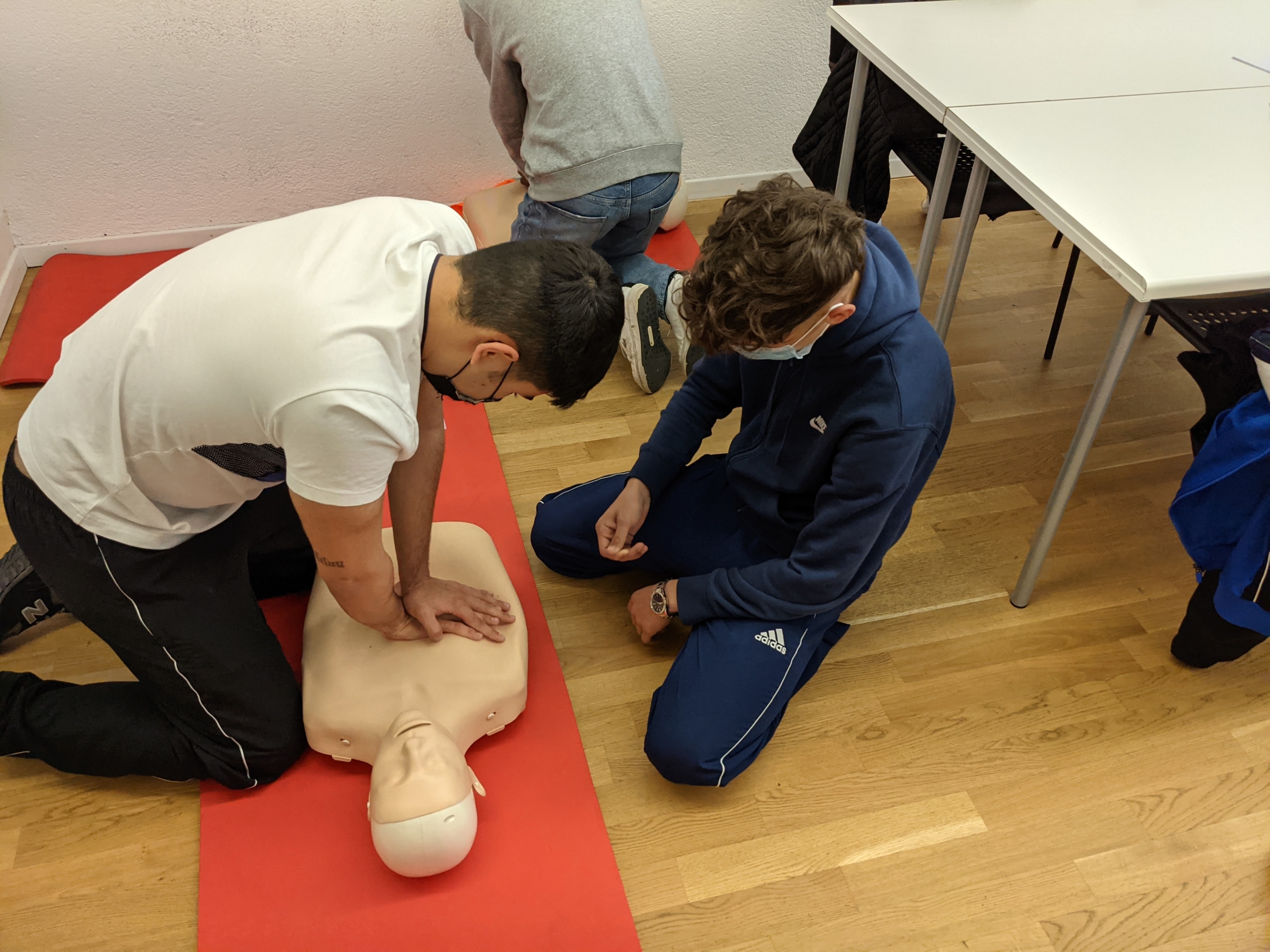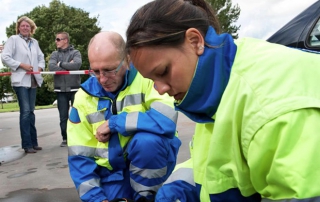Have you ever responded to a patient who was in cardiac arrest? How long did it take you to get to the patient? Right now, the average 911 ambulance response is about 7 minutes. It might take you even longer, 10, 15, even 30 or more minutes to get to your patient depending on where you are. After just 4 to 6 minutes without an adequate supply of oxygen, the brain begins to die. If you arrive on scene 7 or more minutes after the arrest, your patient likely won’t have a great outcome. We will still do all the things: IV, defibrillation, medications, oxygen, etc., but are we actually helping that patient to survive, or helping them survive neurologically intact?
The mechanics of CPR have changed a little throughout the years, due to advancements and extensiveness in research. The rate has changed, mouth to mouth has gone away, and they are now advocating for hands only CPR. Even with some changes, the overall concept has always remained the same… we are trying to perfuse blood and oxygen to the patient’s brain. When someone goes into cardiac arrest, generally their heart does not just stop, something caused it to stop. So just doing CPR usually is not enough to get the heart to re-start. A lack of oxygen, blood sugar issues, drugs or medications, arrythmias, traumatic injuries, infections, blood clots, and many more things can negatively affect the heart, causing it to stop. So, we need to preserve the patient’s brain long enough for us to figure out what caused the cardiac arrest, so we can try to fix it.
CPR training can save lives, and by taking lifesaving classes, there is an increased chance of the person’s survival. It significantly reduces the risk of a person suffering damage to their heart, brain, and other vital organs. In addition, CPR can keep the body oxygenated until professional medical help arrives. (USCPR Online, 2023).
Medical professionals, such as EMTs and paramedics knowing how to do high quality CPR isn’t enough, everyone needs to know. Children, teenagers, adults, teachers, babysitters, parents, lifeguards, everyone. Because once someone goes into cardiac arrest, waiting for an ambulance to arrive, might be too late for this patient. This is why the American Heart Association has been advocating for lay person CPR classes for years. CPR is a life-saving skill that anyone can, and should, learn to perform. (AHA, 2023).
The AHA has been teaching CPR since 1963. They release new guidelines approximately every 5 years, with changes to the rate, depth, oxygen requirements, medications, and other things. These new guidelines are based off of research, showing our patients’ outcomes, in an attempt to give us the best opportunity to help our patients. Some places, like schools, fire or EMS departments, swimming pools, will teach CPR for free or at a reduced cost, to make it affordable for everyone. You are never too young or too old to learn a vital skill such as CPR. Because you never know when today is the day when someone you know, someone you care about, or even a stranger on the street, will need CPR to save their life.



